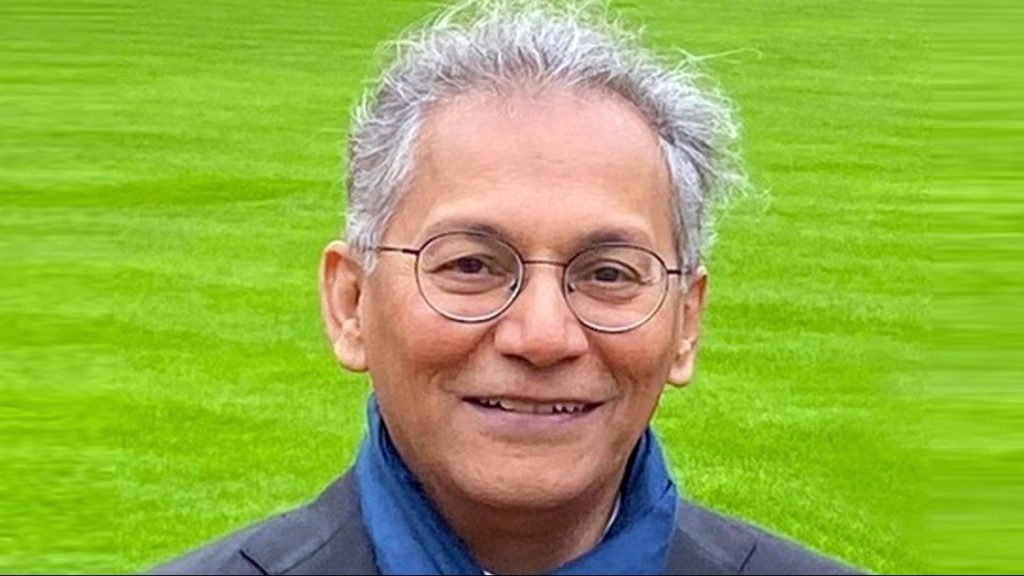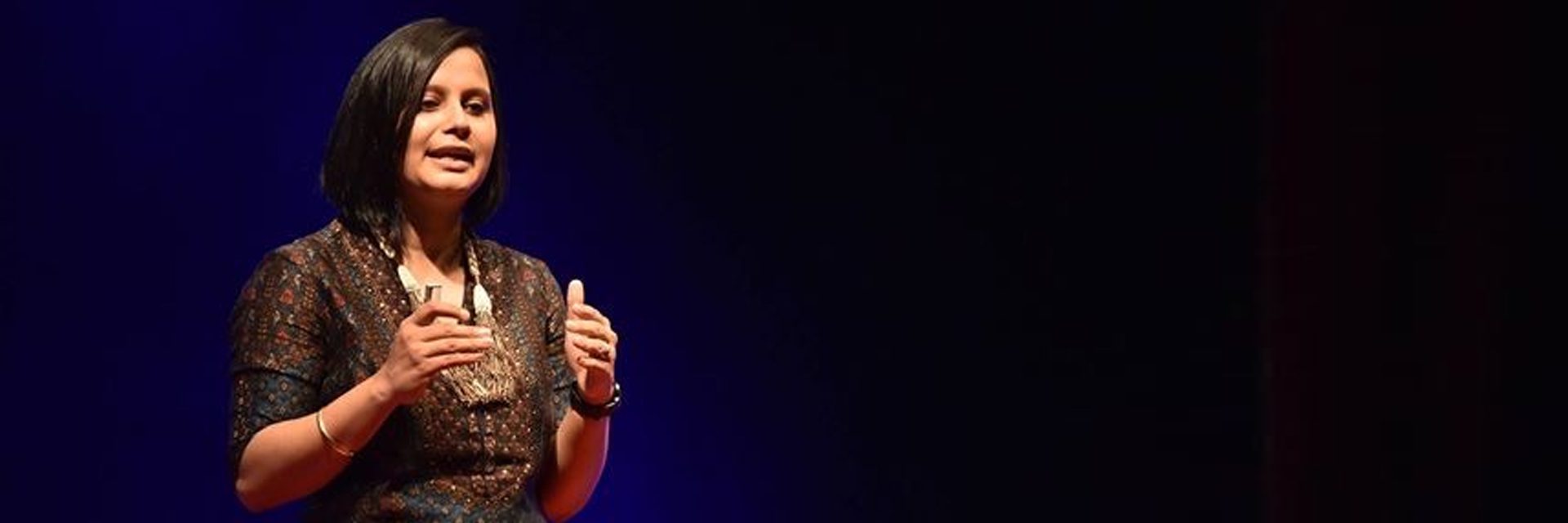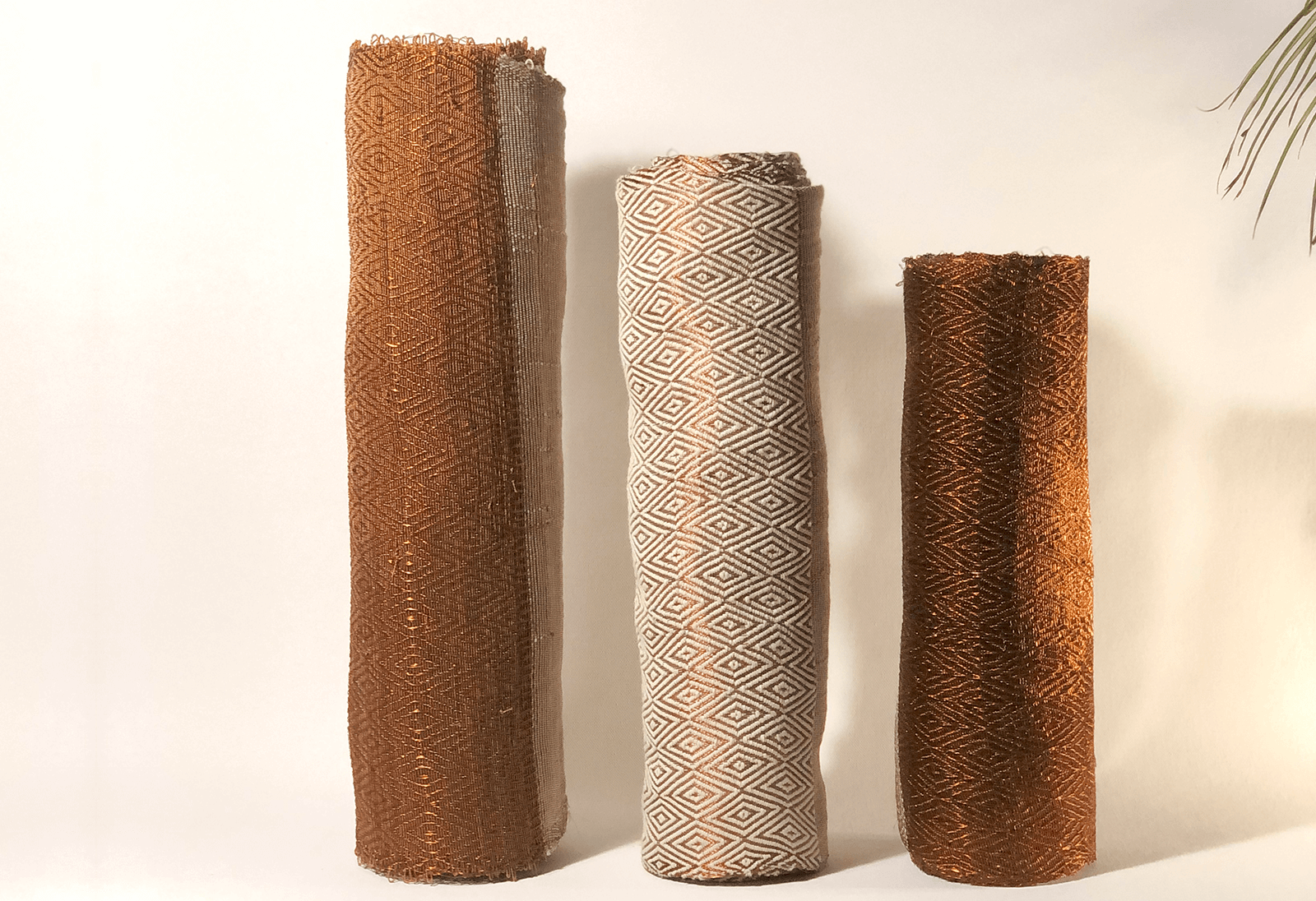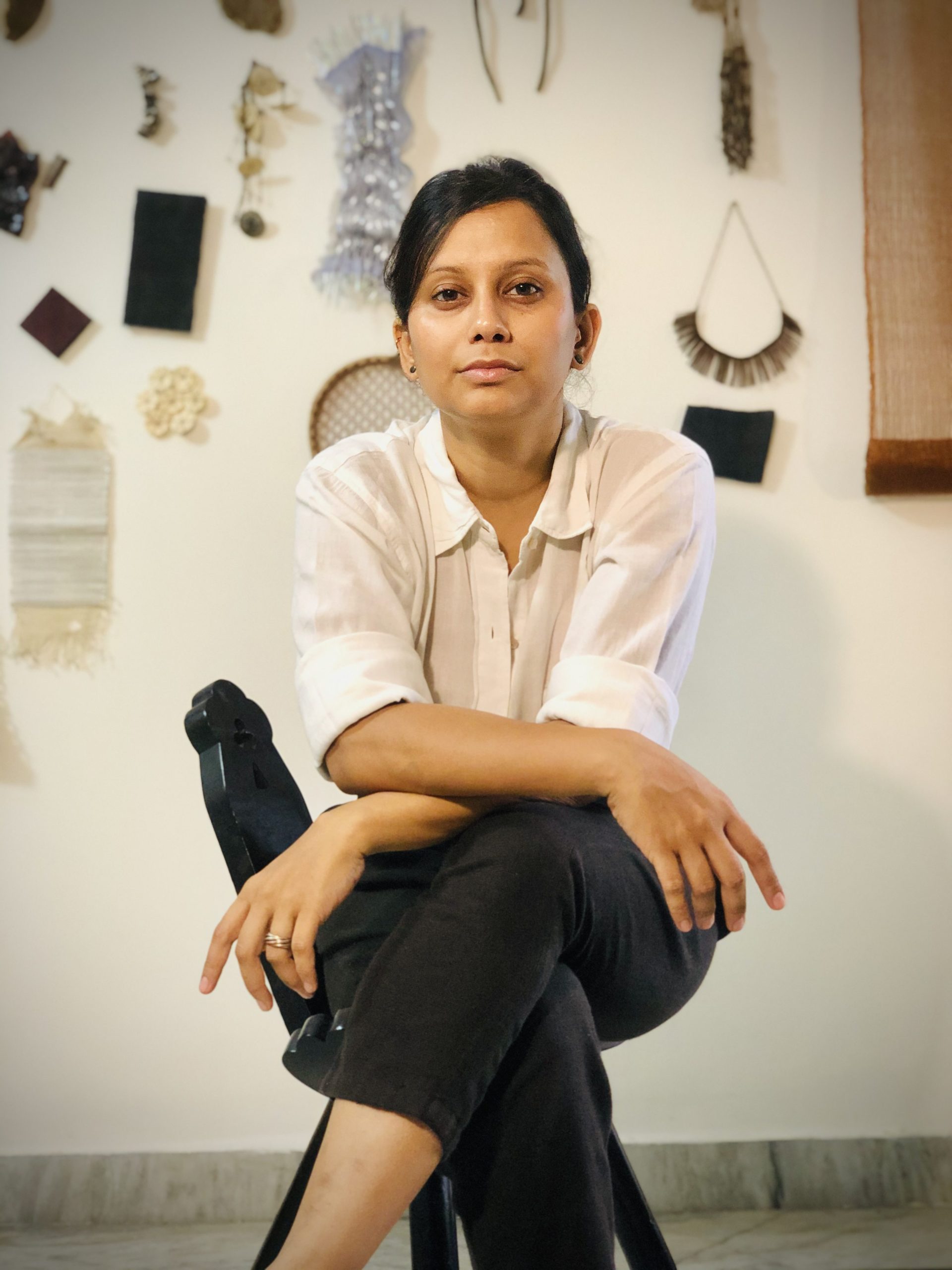(June 25, 2024) Have you ever wondered where old clothes and waste generated by textile factories end up? Usually in landfills. And there’s a lot of it. In 2023, the fashion industry produced 97 million tons of waste. Of this, 18 million were leftover textiles, 2.5 million were chemical waste and 3 million tonnes were discarded packaging materials. And in the world of fast fashion, big fashion houses simply end up throwing away leftover stock, like the infamous clothing dump in Atacama, Chile.
So why does textile waste end up in landfills? Mainly because the complexity of the materials used in modern clothing makes it very difficult to recycle. Garments are usually made from blends of natural and synthetic fibers, like cotton mixed with polyester, and while different fibres require different treatments and recycling methods, they are difficult to separate from each other. As consumers look for clothes that are ‘organic’ and ‘vegan’ and ‘sustainable’, companies have responded with greenwashing – you might think you’re wearing ‘organic’ cotton, but chances are it’s a blend, and has been dyed with chemical substances that come at a great environment cost.
The Refiberd story
However, textile recycling has made several strides in the last decade, with growing consumer awareness, increased regulatory pressures and technology. Consumers are now demanding sustainable products over fast fashion, and want to know if everything that goes into making an item of clothing has been ethically sourced. Now, bigger brands are adopting recycling initiatives and even taking back old clothes for recycling. Leading the way on the tech front, however, is Refiberd, co-founded by Tushita Gupta and Sarika Bajaj.

Sarika Bajaj, CEO and co-founder, Refiberd
The California-based company was founded back in 2020, when they were around 24 years old. Their aim is to use AI and cutting edge tech to identify what types of materials are in any given textile item. This is crucial to the recycling process, and also one of the biggest challenges, especially in chemical recycling. “This seems to be a real problem. Accurately sorting textiles is the main gap that everyone’s seeing in the industry,” Sarika said in an interview. In 2023, Gupta was named one of the 100 Most Influential People in AI by TIME Magazine.
“My co-founder, Tushita and I met in college at Carnegie Mellon where we both majored in electrical engineering,” said the Global Indian. “During my first internship, at Intel, I was introduced to electronic textiles. I was on Intel’s experimental fashion team.” There, she learned that textiles involve deep engineering. For the next five years, she got involved in textiles, learning about everything from production to sustainability. It even pushed Bajaj to get a second graduate degree at CMU in Technology Ventures. The curriculum taught Bajaj how to build a startup. “For my master’s thesis, I explored the crux of the problem of textile waste, which is how to sort textiles for proper recycling. I realised that the solution involved a very specific sensor processing program which uses AI.”
Experimenting with AI
Meanwhile, Tushita, arrived at Carnegie Mellon in 2014, and graduated with a Bachelor’s in Science in Electrical and Computer Engineering with a double major in Biomedical engineering. She stayed on to do her master’s and her senior capstone project was related tot he trash sorting problem. “We had worked together in different capacities for six years and developed a deep amount of trust.” They had also seen the massive environmental impact the fashion industry has had for years. They learned about textiles piling up in Ghana or the Atacama Desert. “So it just seemed inevitable that we would put our heads together to solve this big problem.. here was such a massive need, and as technologists, we could provide a solution. That’s how Refiberd got started,” Sarika says.
Tushita’s interests, however, lay primarily in AI before she became involved with textiles. As an undergrad, she developed a Webcam Based Eye Tracker, using Python, OpenCV and calculus. It allows the user to move the mouse and type using just their eyes. Her project was showcased in a class over 100 students. In 2016, at the MHacks IV hackathon, Gupta and her team constructed an android app using Machine Learning and NLP to predict a user’s mood through social media usage. She also developed Experia, which provides immersive Virtual Reality with visual and audio feedback, using the Google Cardboard, heat pads, fans, vibration motors and earphones.

Tushita Gupta, CTO and co-founder, Refiberd
Tackling the textile recycling problem
Refiberd’s first task was to test the equipment, build the neural networks and assemble a sample library that contains over 10,000 entries. This involved charting all the companies in the fashion and textile industry to understand what they were trying to solve. They found that the biggest gap was in recycling that nobody seemed to be addressing. “We worked very hard with manufacturers to obtain textile samples, said Bajaj. However, even that is just a drop in the ocean, and 10,000 samples are nowhere close to enough to cover the full range of possible permutation and combinations in making textiles. “Other fields use intelligent material detection, but applying it to textiles is a huge opportunity,” Tushita said in an interview. “No scaled solutions exist for textile waste detection for recycling because it’s such a hard problem.”
Around 15 years ago, Sarika explains, recycling companies began using chemical reagents to recycle textiles. “But when you’re dealing with chemical recycling and any chemical reagent, you need to make sure that whatever material (metal, nylon, spandex) you’re inputting into that chemical is not going to react to it.” This was the missing piece in the puzzle – the analysis of textile waste to understand its exact composition before the recycling process. “Unlike other types of waste, like plastics, you can’t simply look at a textile and understand what it’s made of. You have to actually know all of its components with a high degree of specificity. That’s where it becomes a very interesting sensor detection problem and an AI problem,” Sarika says.
Gupta, who is leading the charge with the company’s AI efforts, says the system involves a conveyor belt with a hyperspectral camera. The camera’s inbuilt AI tech identifies different fibres based on how they absorb or reflect light. Each material has a unique signature, which AI can recognize and process to discern fabric compositions and group similar materials to ease the recycling process. This leaves them with a huge dataset, which the AI can interpret to tell them exactly what is in the piece of textile being analysed. “Our system can even tell us where a certain type of material – for example, a spandex band – is located within a particular item.”
Who are their customers?
Refiberd’s system, Sarika explains, can be installed into existing textile recycling systems to ensure that materials are isolated and sorted. Their main target audience are the large companies that sort clothes for resale, like the Goodwill. “They spend a lot of effort in sorting and only twenty percent of what they get can actually be resold,” Sarika says. Then there are the major textile recyclers, and the big textile brands, like H&M, which are leading the way to make the fashion industry more sustainable.
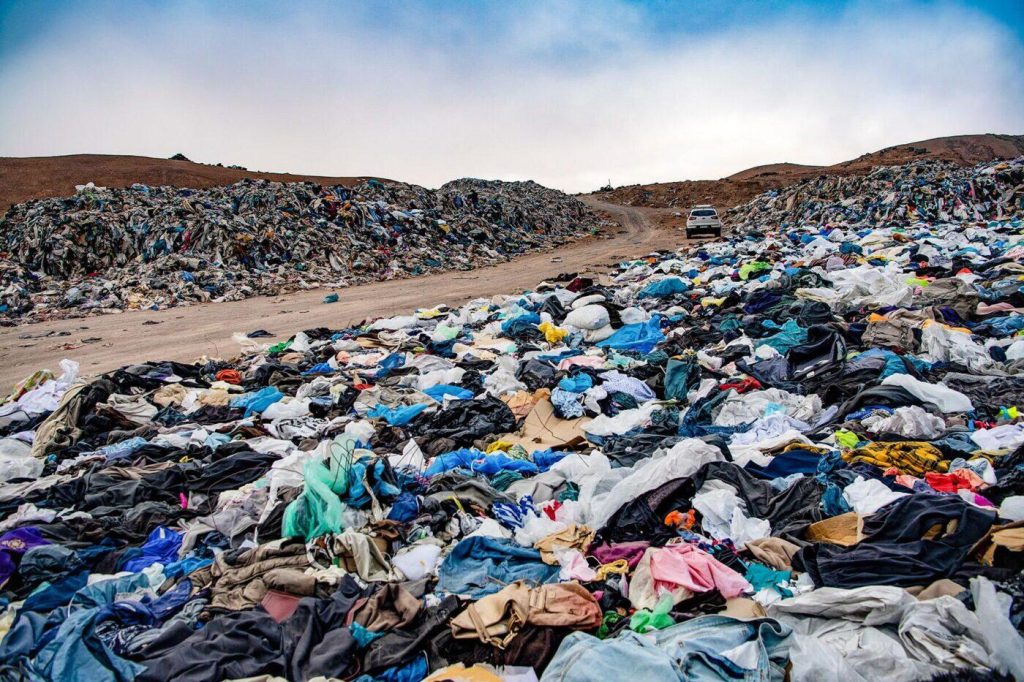
The clothing dump for fast fashion in the Atacama Desert, Chile
The textile recycling industry is evolving rapidly, driven by increased consumer awareness and regulatory pressures. However, significant challenges remain, such as the complexity of recycling blended fabrics and the prevalence of greenwashing in fashion. Companies like Refiberd are making strides with innovative AI technology to better sort and recycle textiles. Despite advancements, the industry still needs improved infrastructure and transparency to effectively tackle textile waste. As the fashion industry moves towards sustainability, continuous innovation and consumer education are crucial for meaningful progress in reducing textile waste and its environmental impact.
Learn more about Refiberd on the company website.


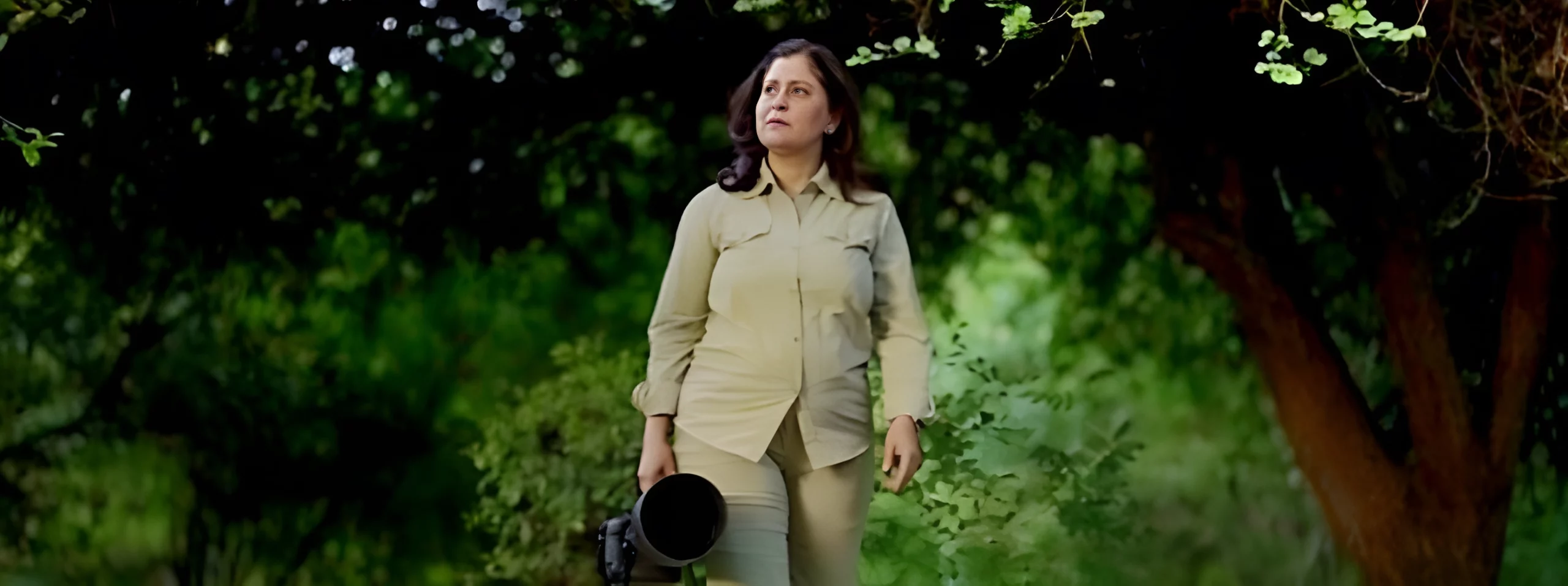
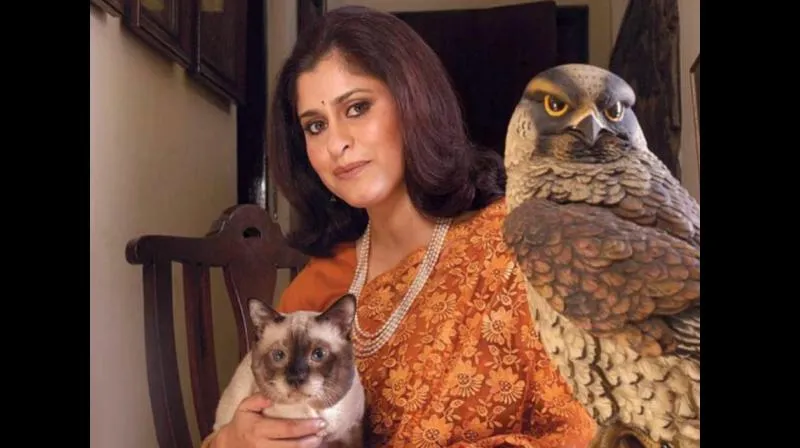

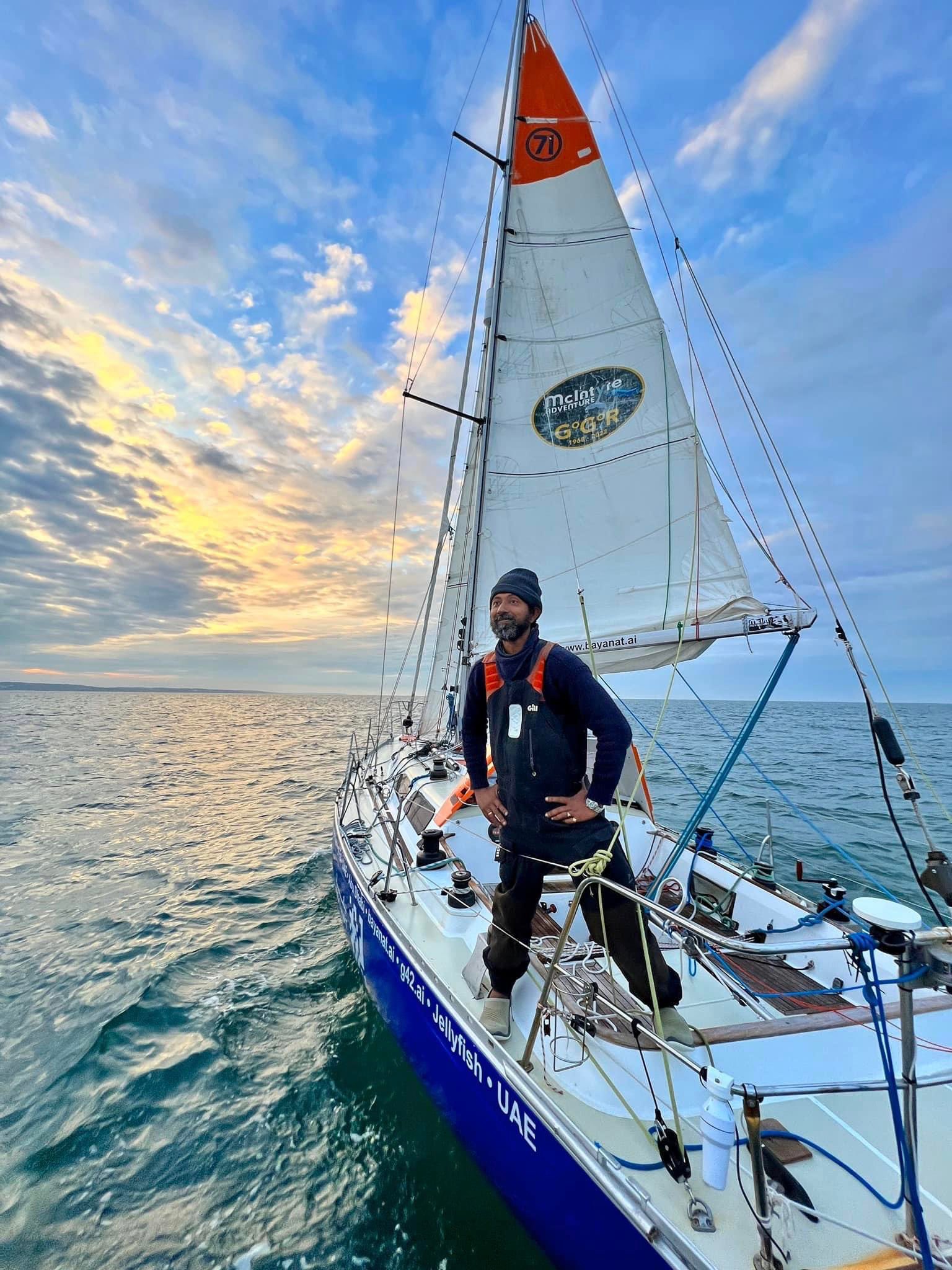 Cdr Abhilash Tomy is the first Indian to achieve a solo, nonstop circumnavigation of the globe under sail[/caption]
Cdr Abhilash Tomy is the first Indian to achieve a solo, nonstop circumnavigation of the globe under sail[/caption]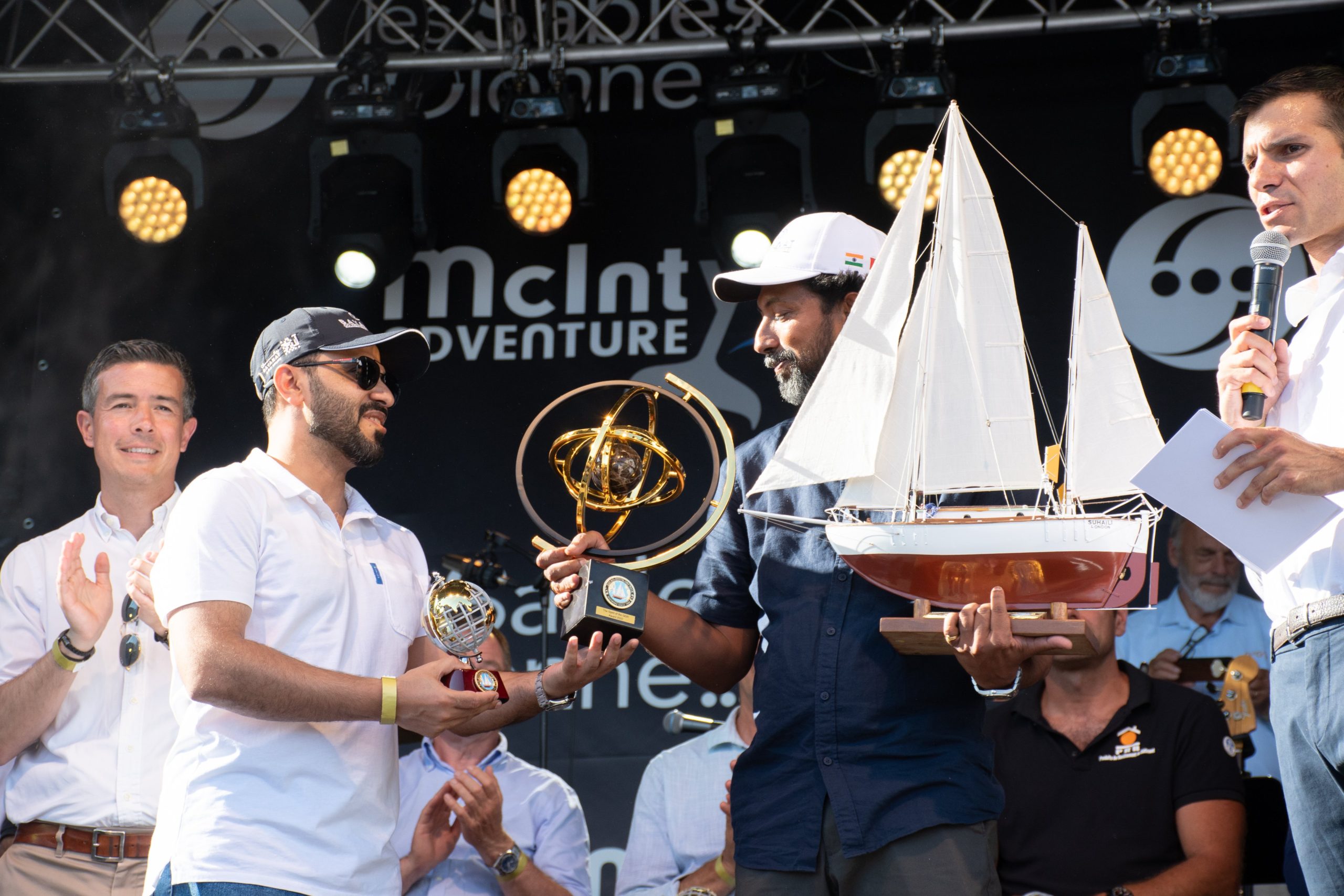 Cdr Tomy finished second in the Golden Globe Race, 2022[/caption]
Cdr Tomy finished second in the Golden Globe Race, 2022[/caption]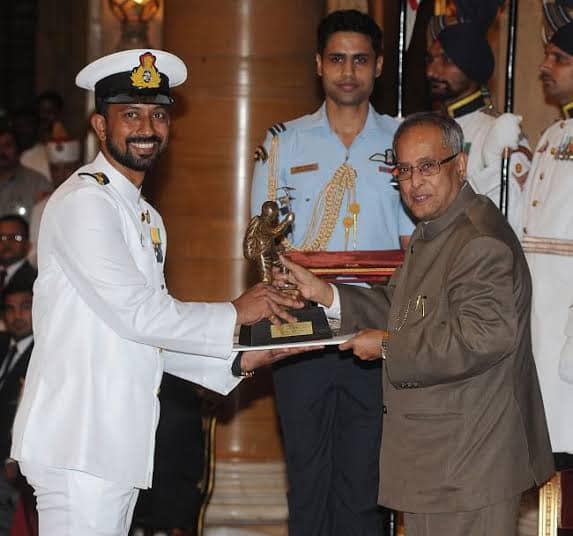 Former President, Dr. Pranab Mukherjee presenting the Tenzing Norgay National Adventure Award to Cdr Tomy for sailing, at the National Sports & Adventure awards ceremony[/caption]
Former President, Dr. Pranab Mukherjee presenting the Tenzing Norgay National Adventure Award to Cdr Tomy for sailing, at the National Sports & Adventure awards ceremony[/caption]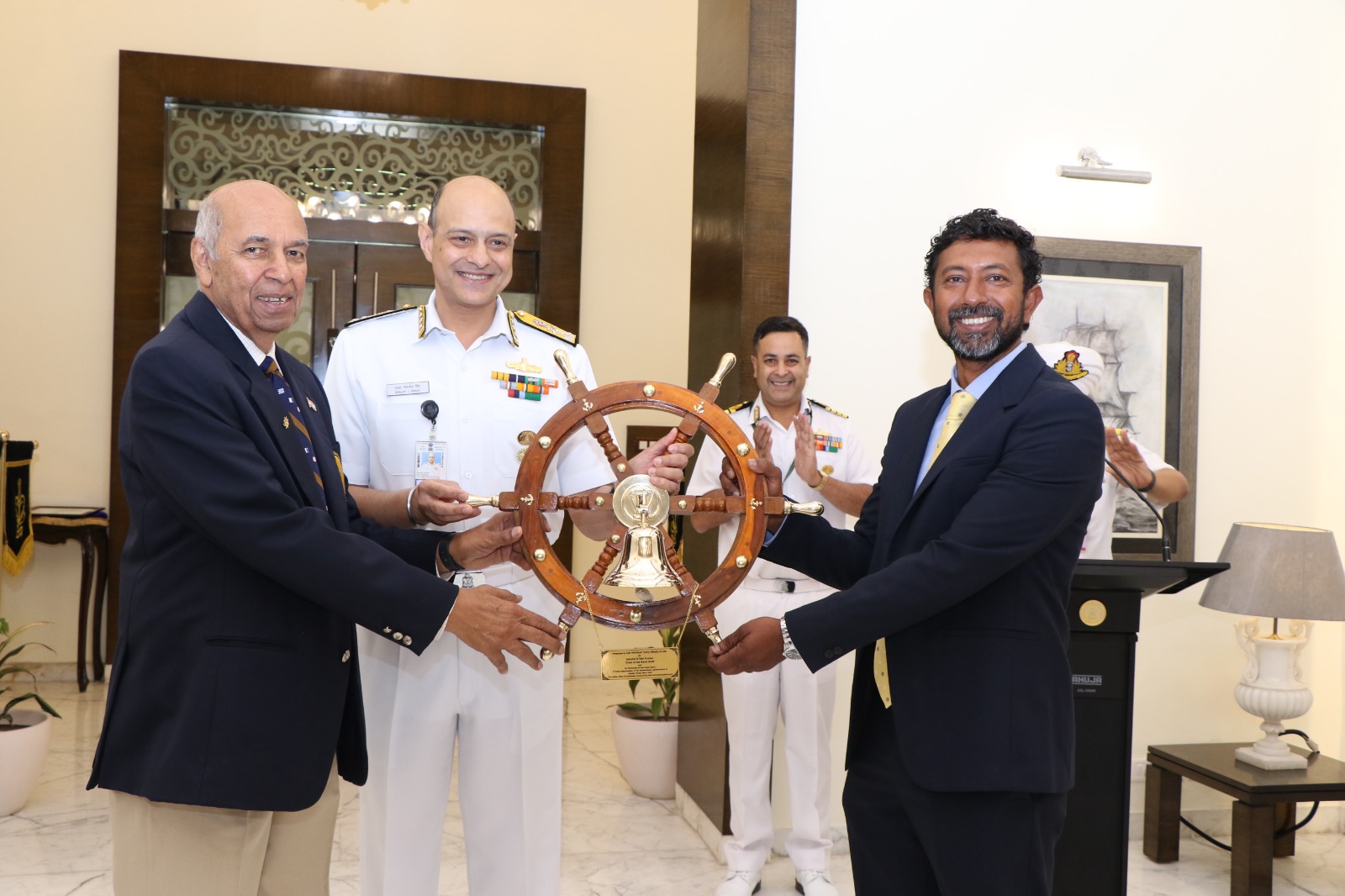
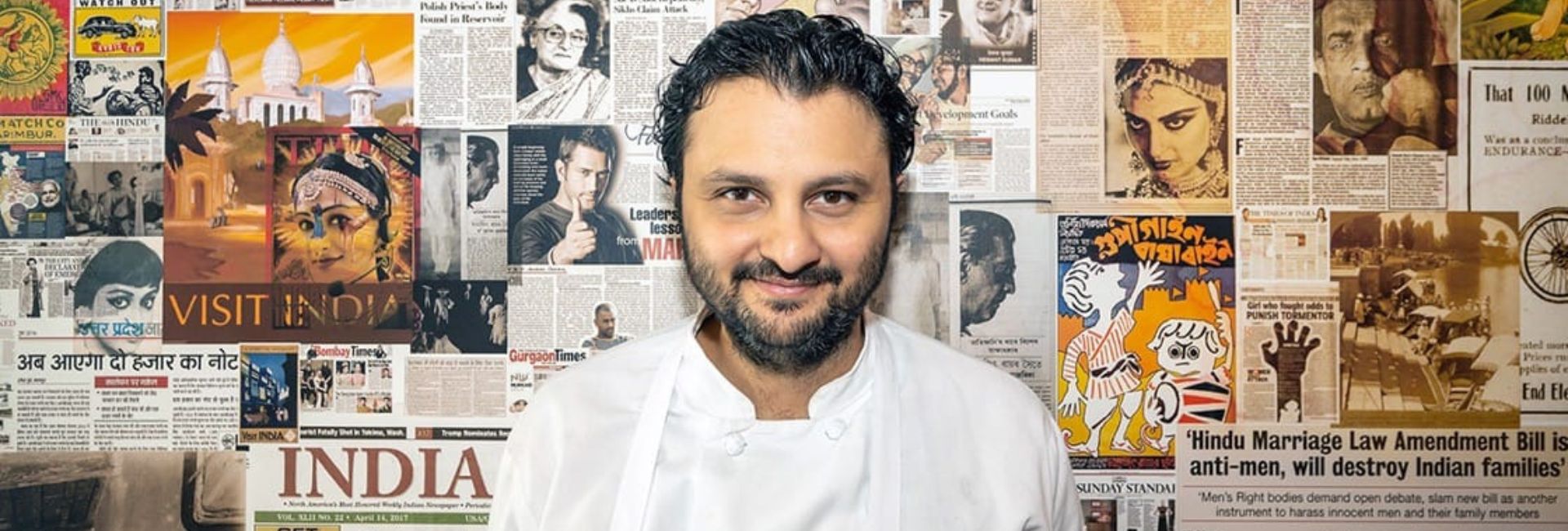
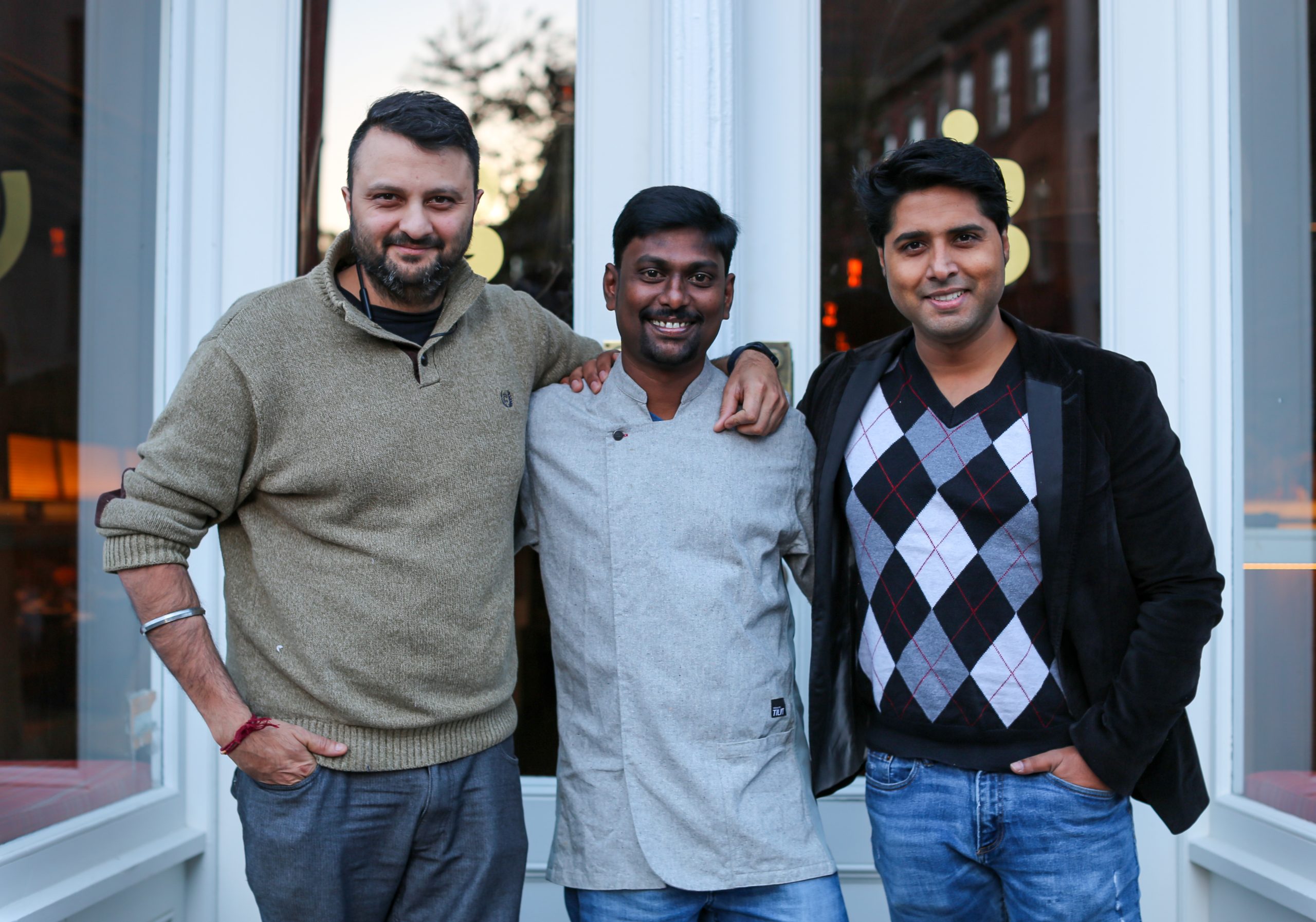 Chef Chintan Pandya with Chef Vijay Kumar and Roni Mazumdar[/caption]
Chef Chintan Pandya with Chef Vijay Kumar and Roni Mazumdar[/caption]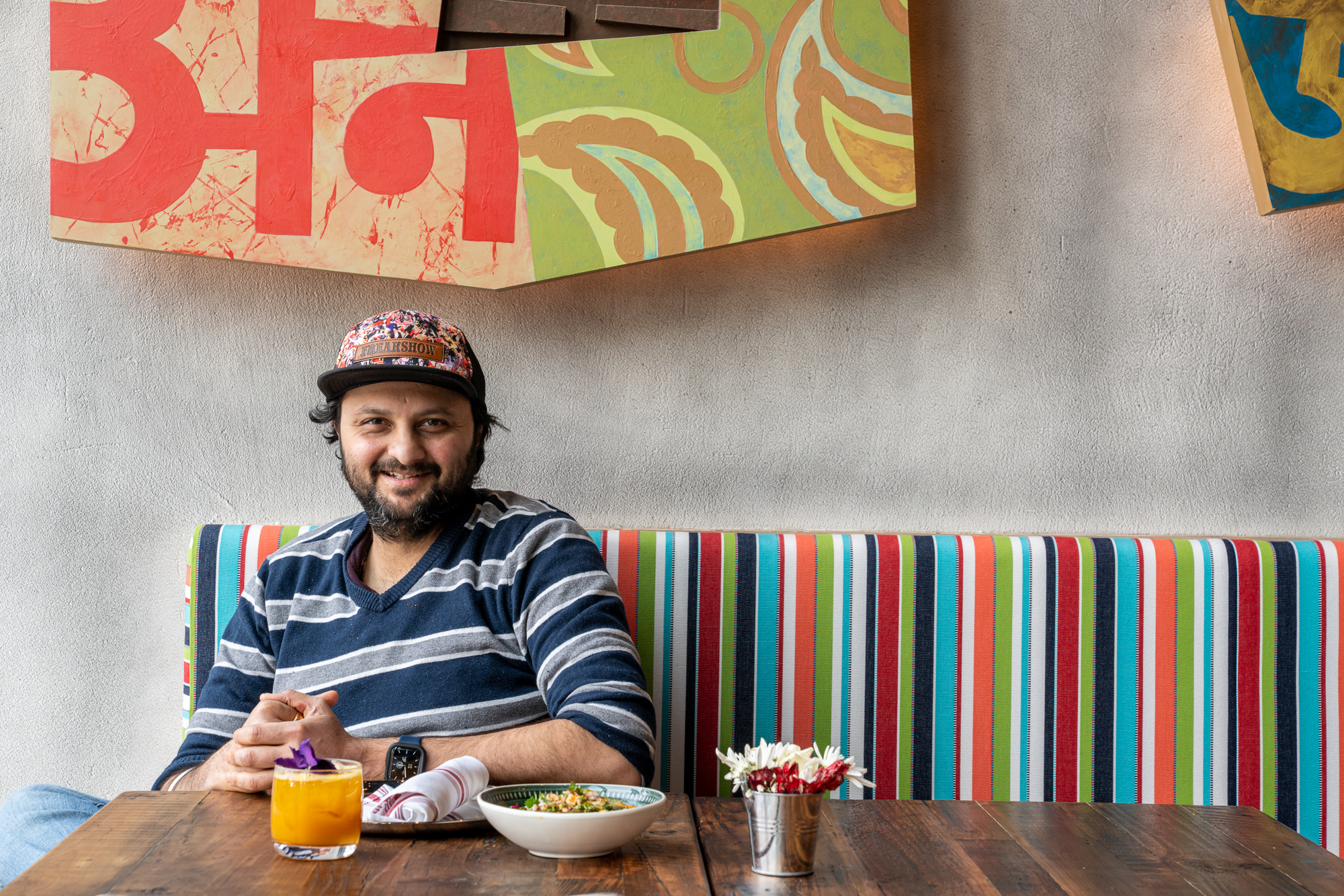

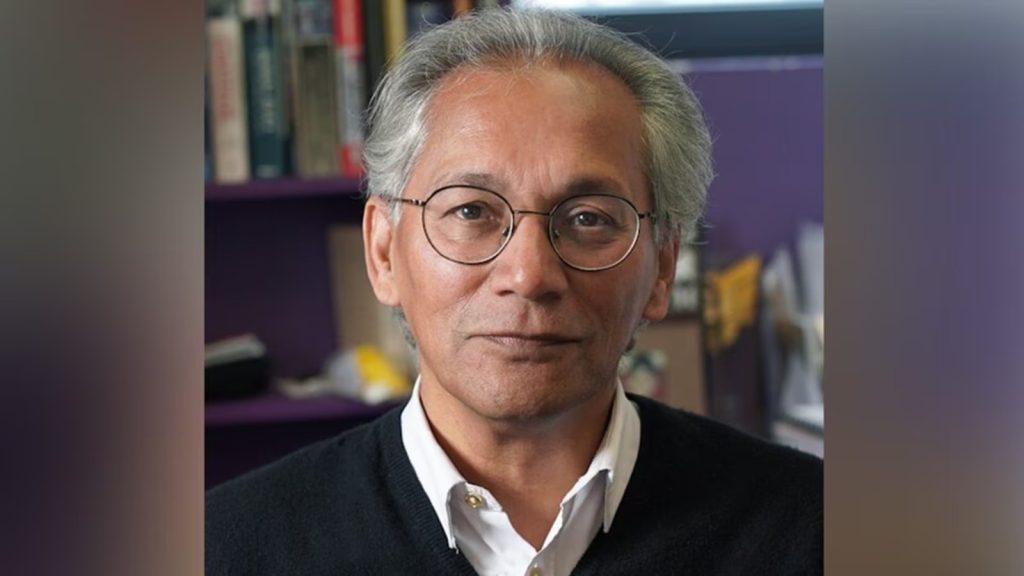 Dr Samir Shah[/caption]
Dr Samir Shah[/caption]